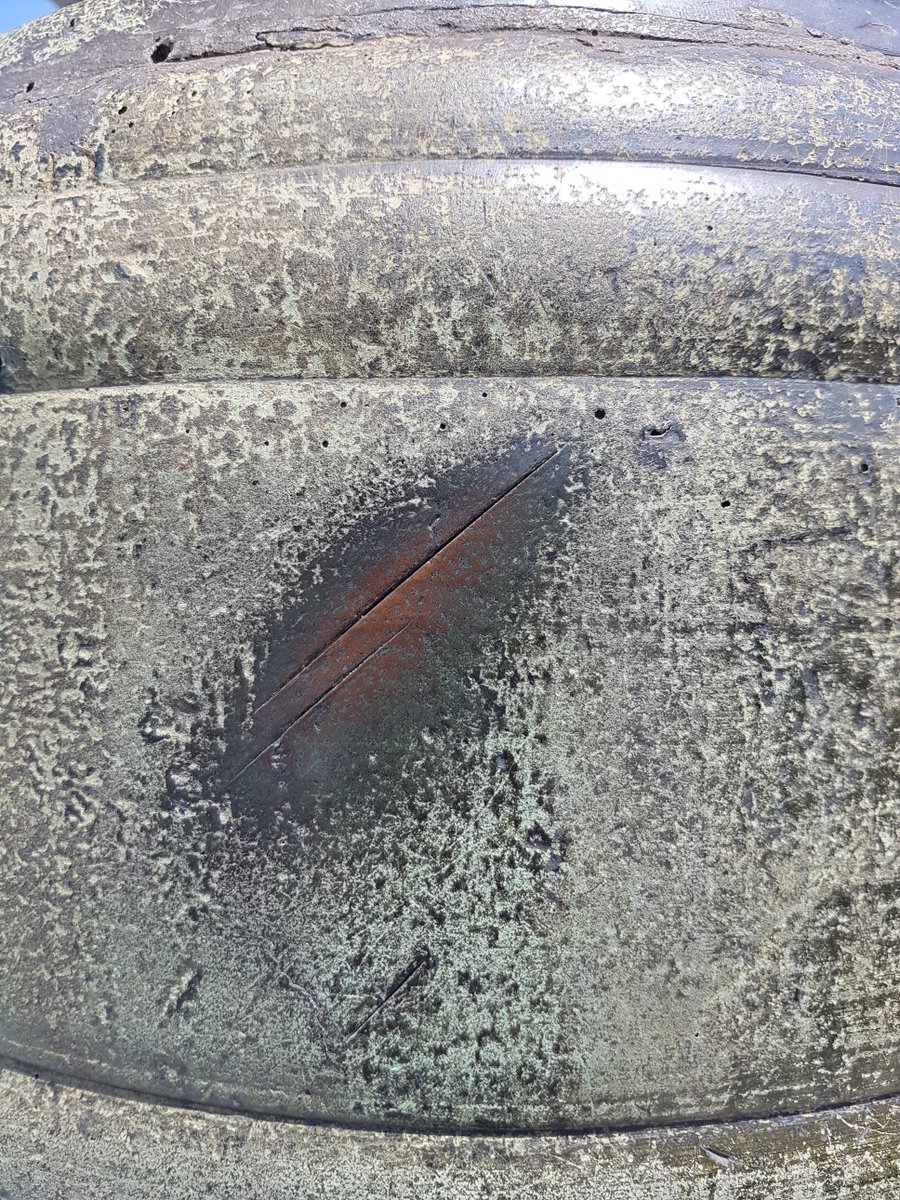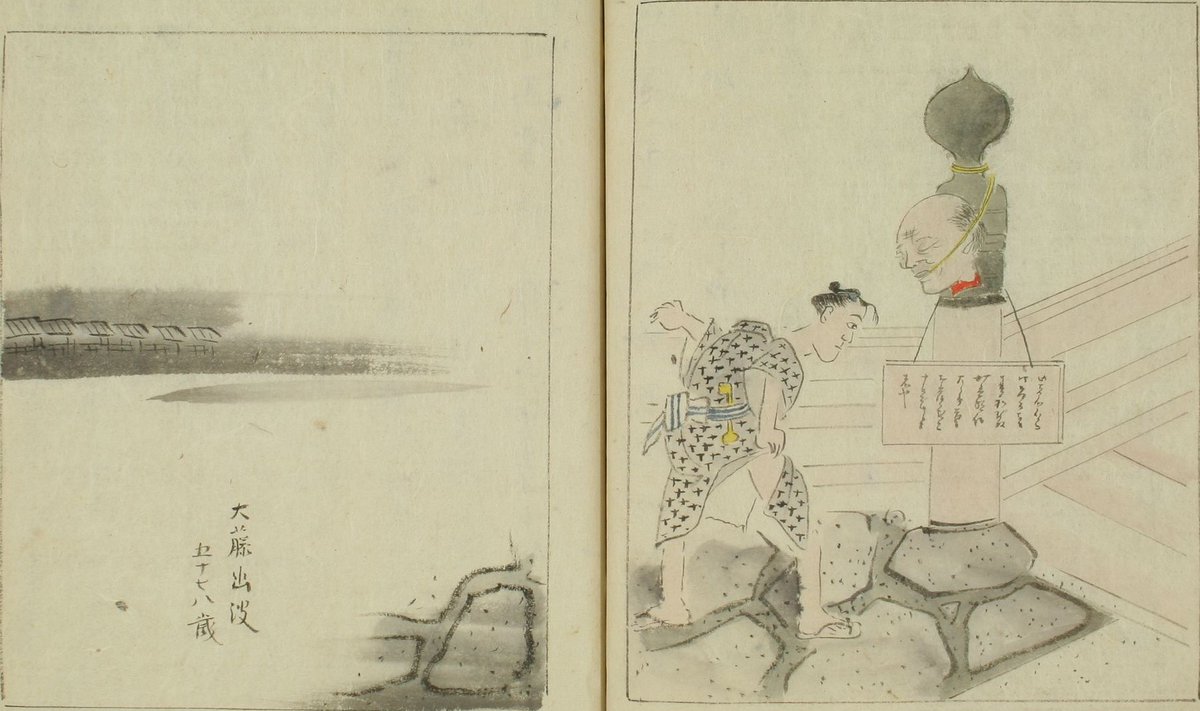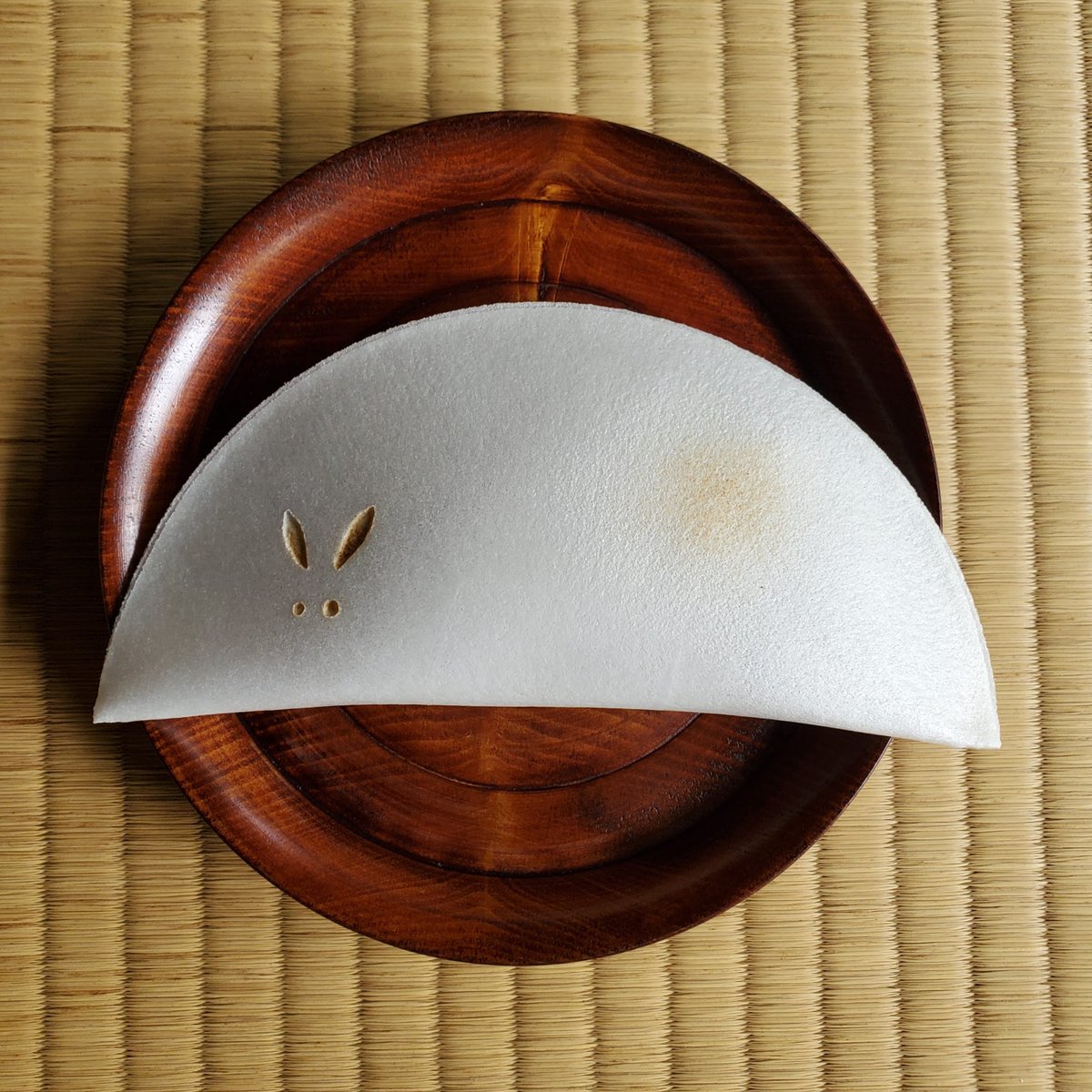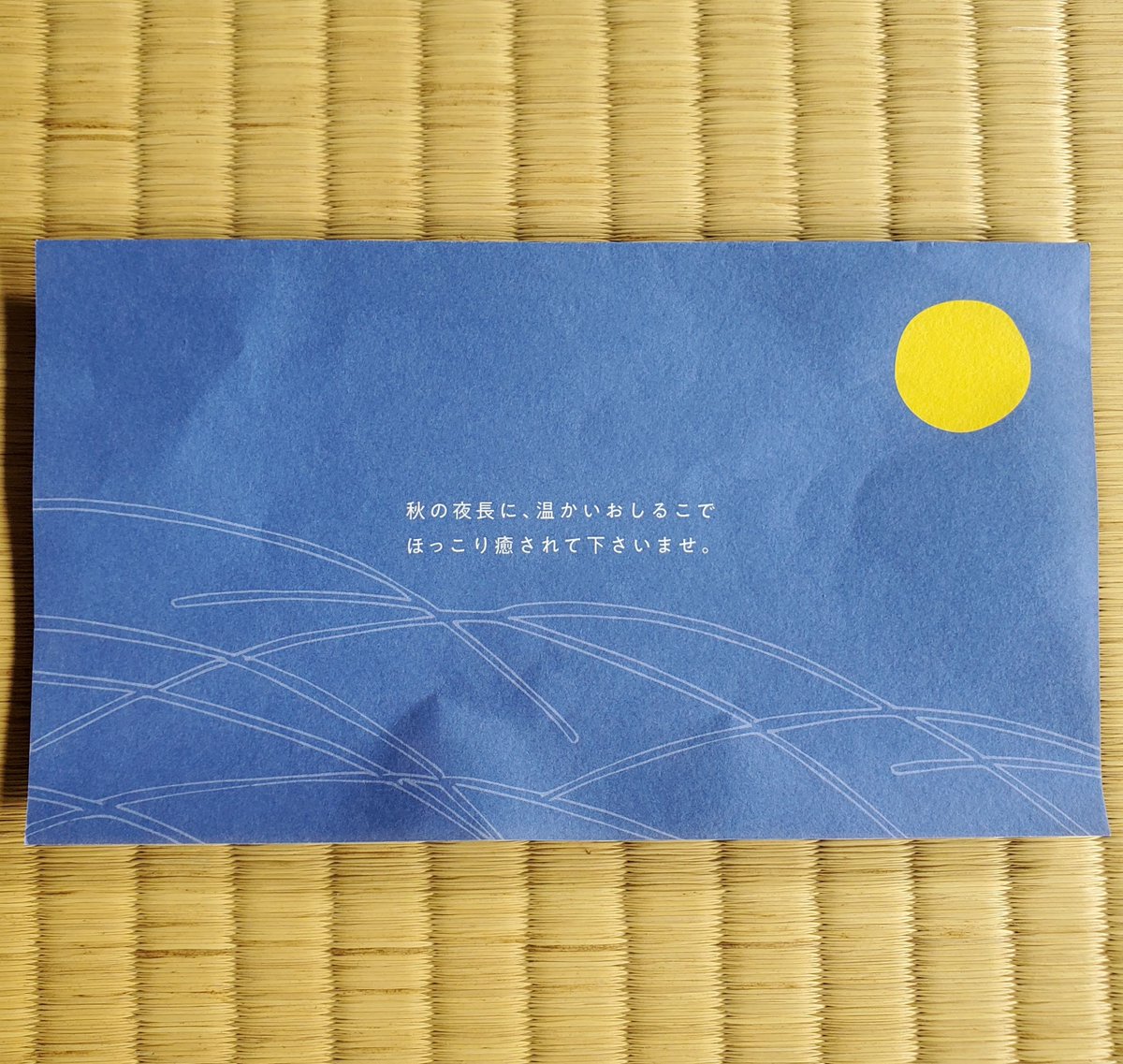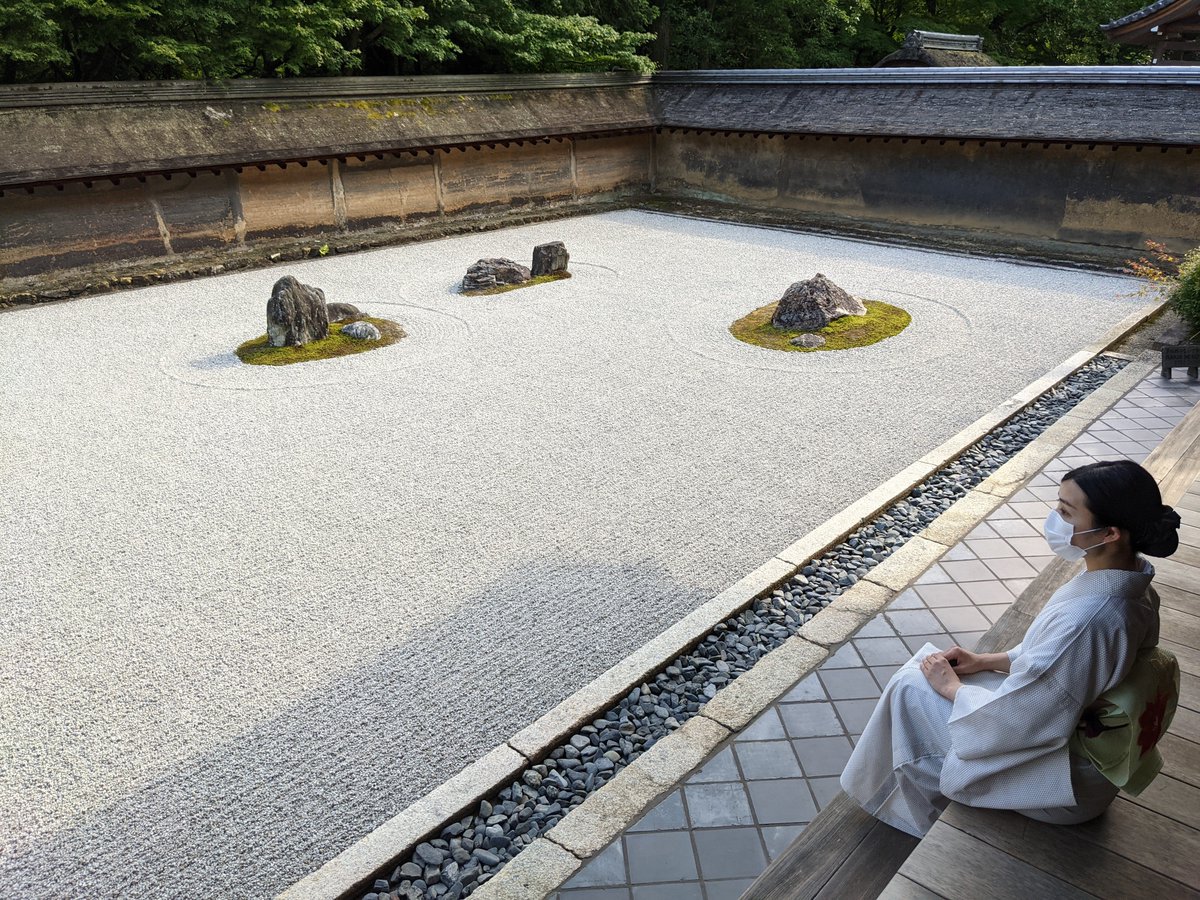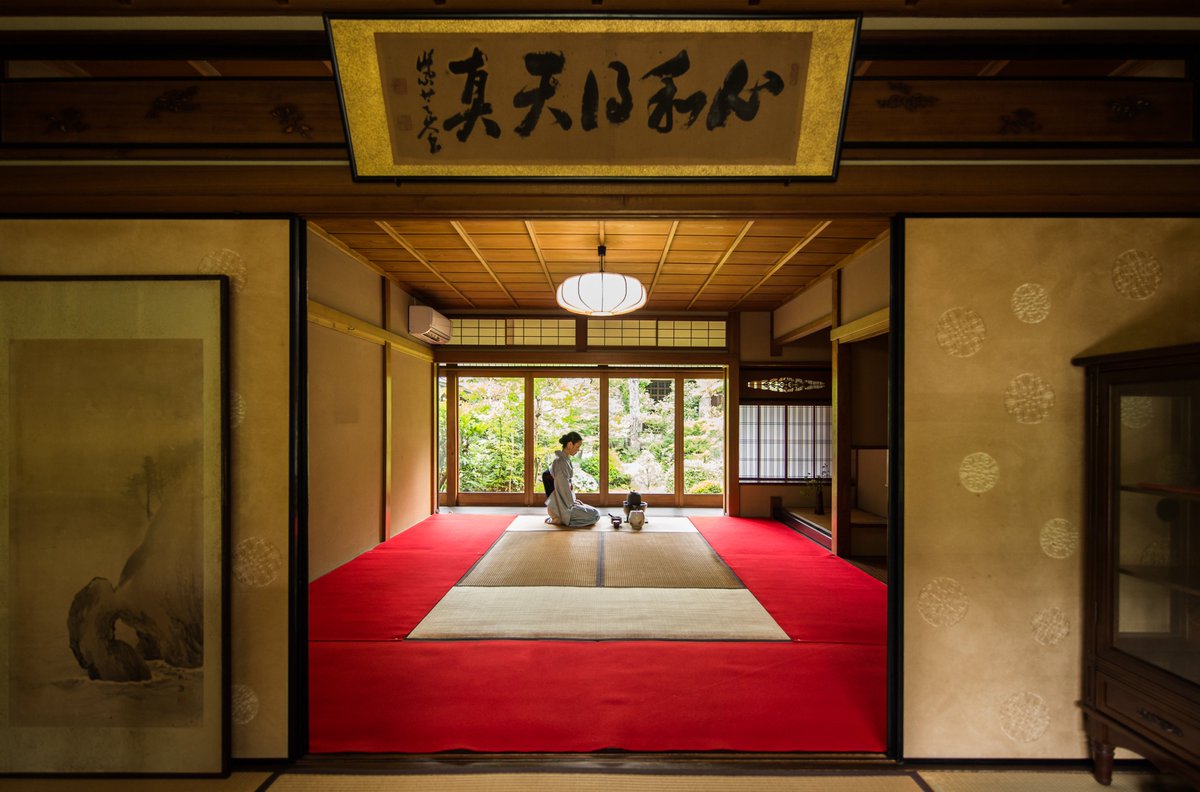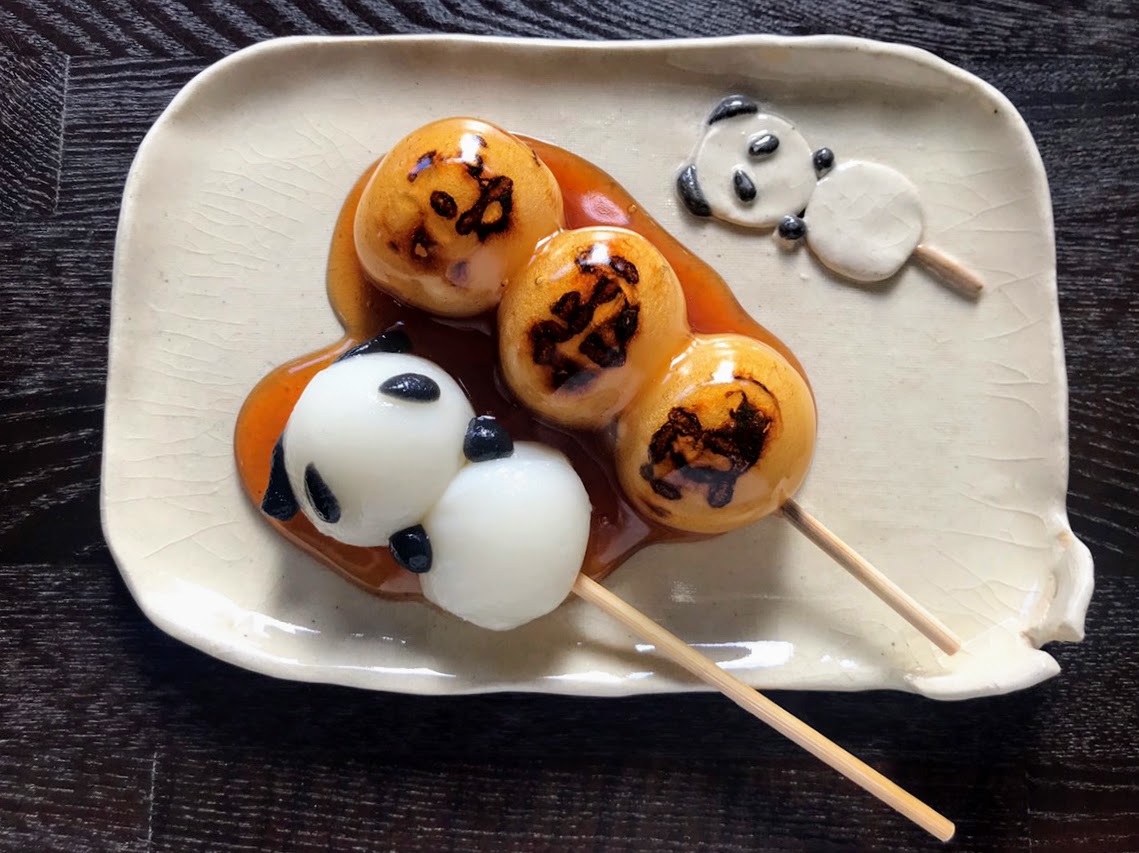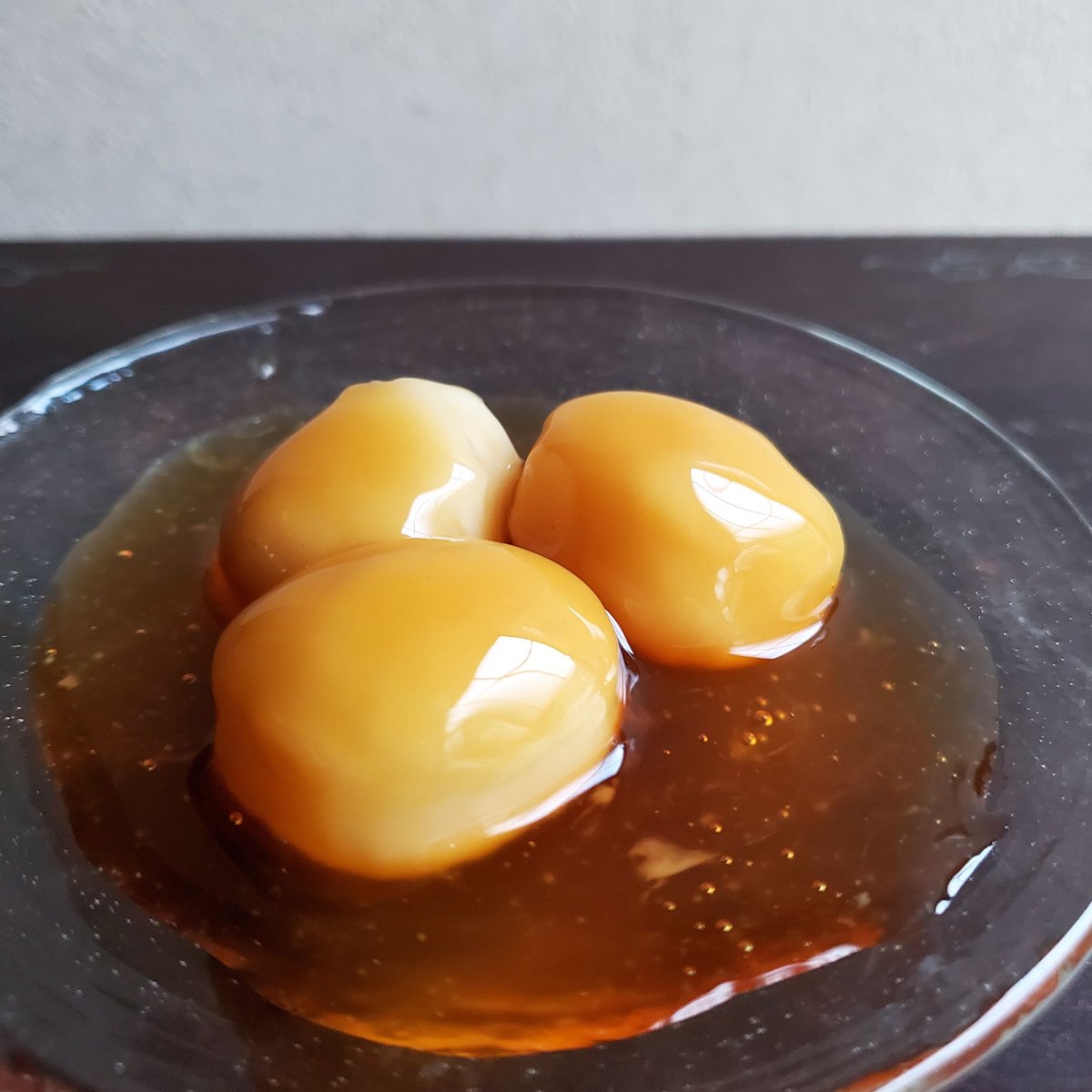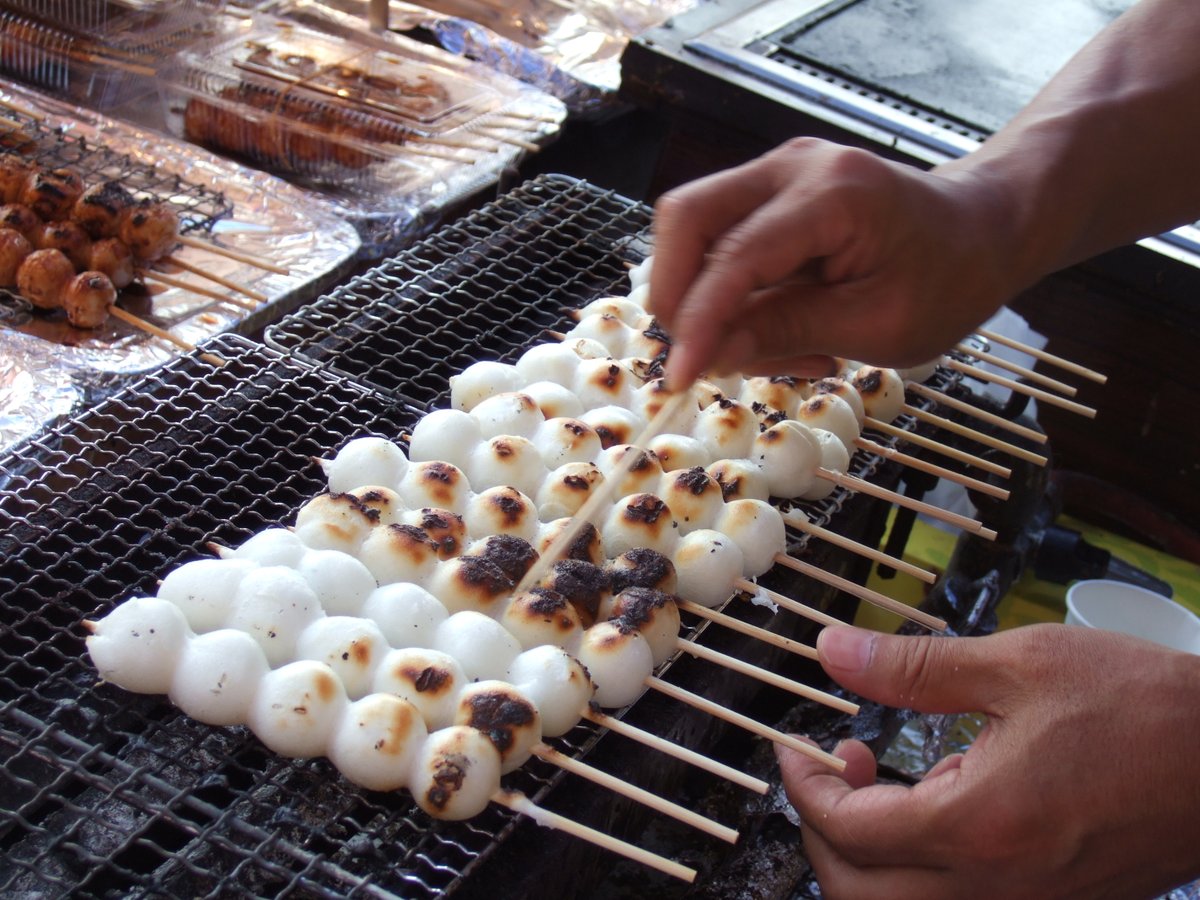
📿KYŌTO'S SHIKOKU PILGRIMAGE🙏
even in Kyoto-
hearing the cuckoo's cry-
I long for Kyoto
京にても 京なつかしや ほととぎす
-Matsuo Bashō (松尾芭蕉 1644–1694).
Around the New Year I like to complete a small pilgrimage, not particularly well known, on a mountain close to my house.



even in Kyoto-
hearing the cuckoo's cry-
I long for Kyoto
京にても 京なつかしや ほととぎす
-Matsuo Bashō (松尾芭蕉 1644–1694).
Around the New Year I like to complete a small pilgrimage, not particularly well known, on a mountain close to my house.



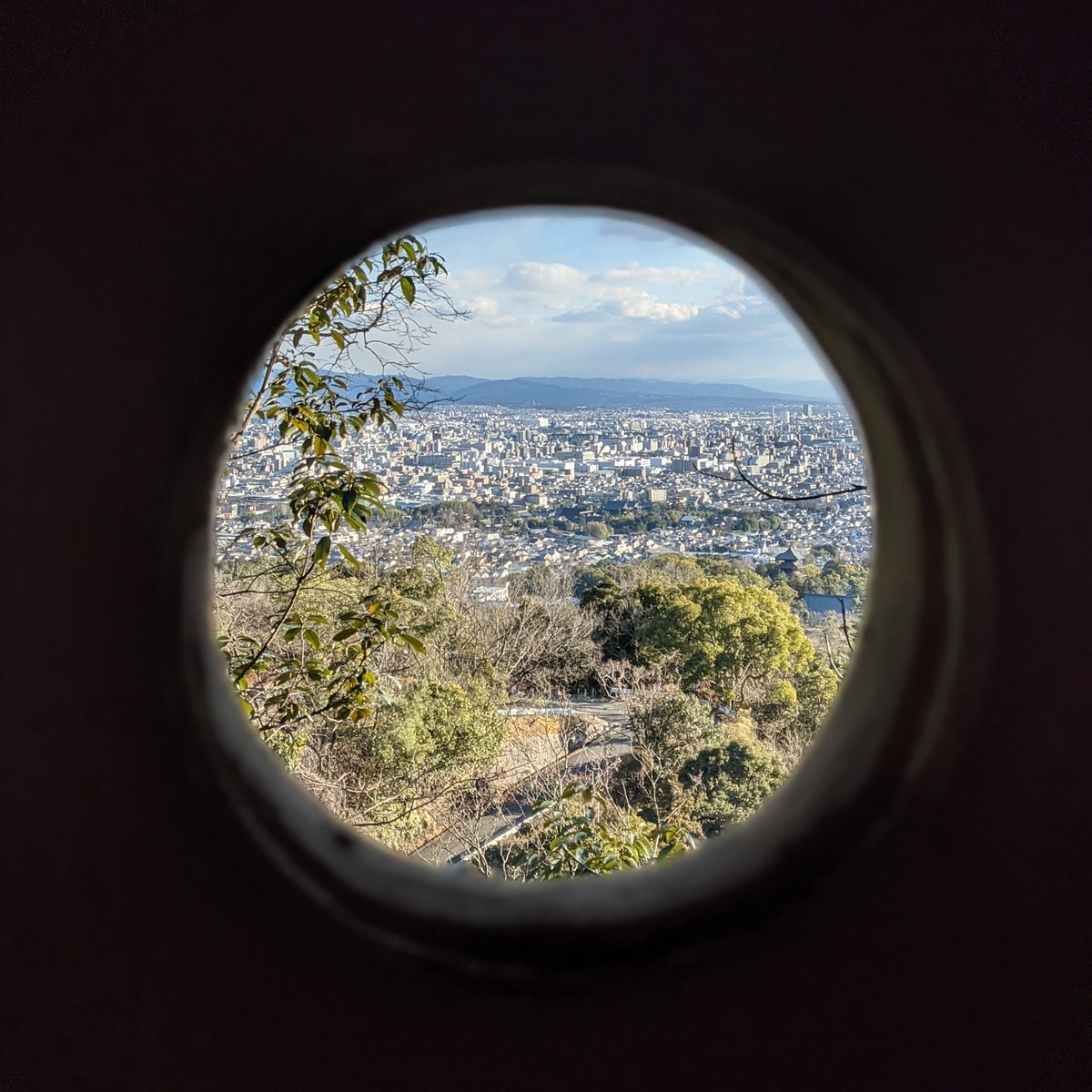
Are you interested in undertaking the Shikoku Pilgrimage (四国遍路), but find yourself without any real time to do so?🤔
Not to worry...close to our Camellia Garden Teahouse there is a way to complete the pilgrimage without ever leaving Kyōto🙌
#Kyoto #Japan #京都 #四国遍路



Not to worry...close to our Camellia Garden Teahouse there is a way to complete the pilgrimage without ever leaving Kyōto🙌
#Kyoto #Japan #京都 #四国遍路

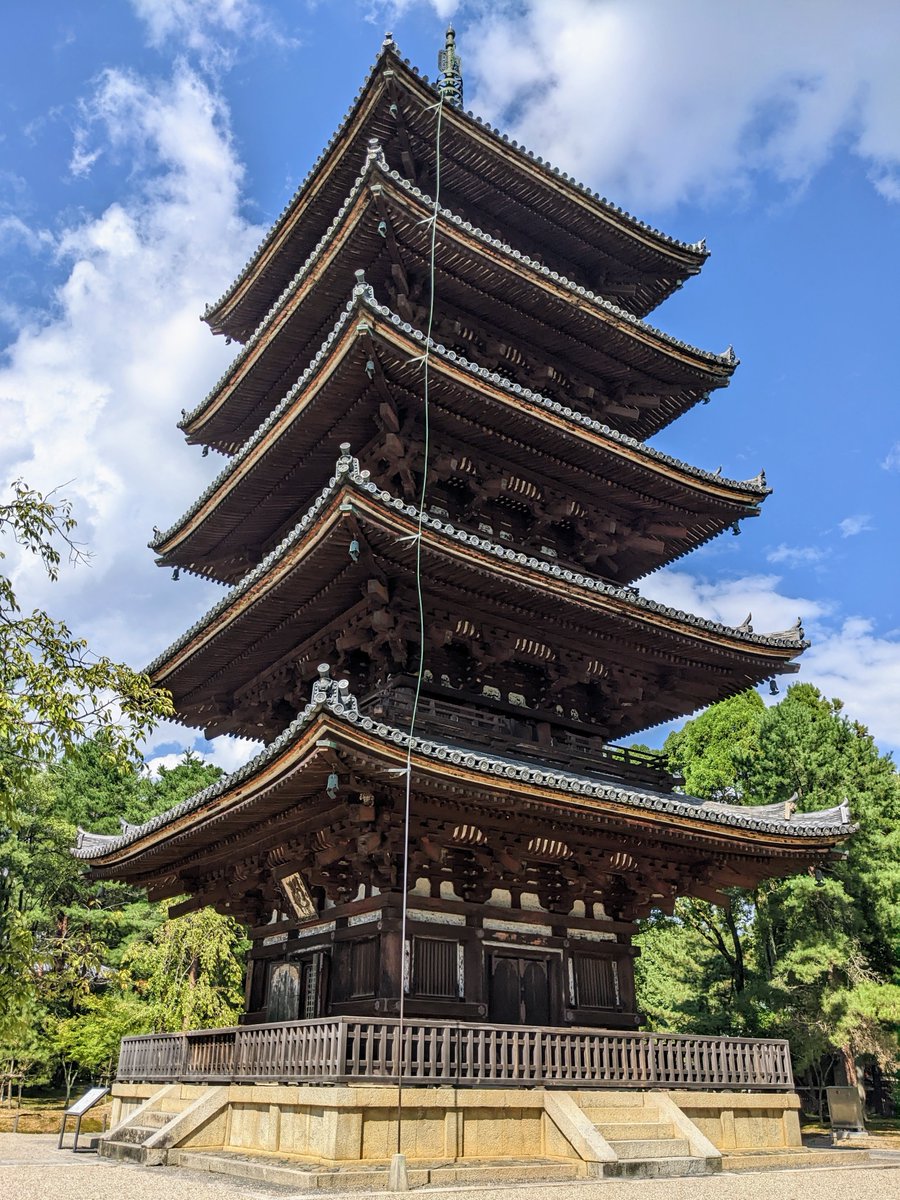


Snaking up and down the slopes of Jyōju-san (成就山), a mountain that rises behind Ninna-ji (仁和寺), is a tiny version of the Shikoku Pilgrimage.
Kūkai (空海 774-835), founder of Shingon Buddhism (真言宗), is alleged to have first created the circuit of 88 temples on Shikoku👣



Kūkai (空海 774-835), founder of Shingon Buddhism (真言宗), is alleged to have first created the circuit of 88 temples on Shikoku👣
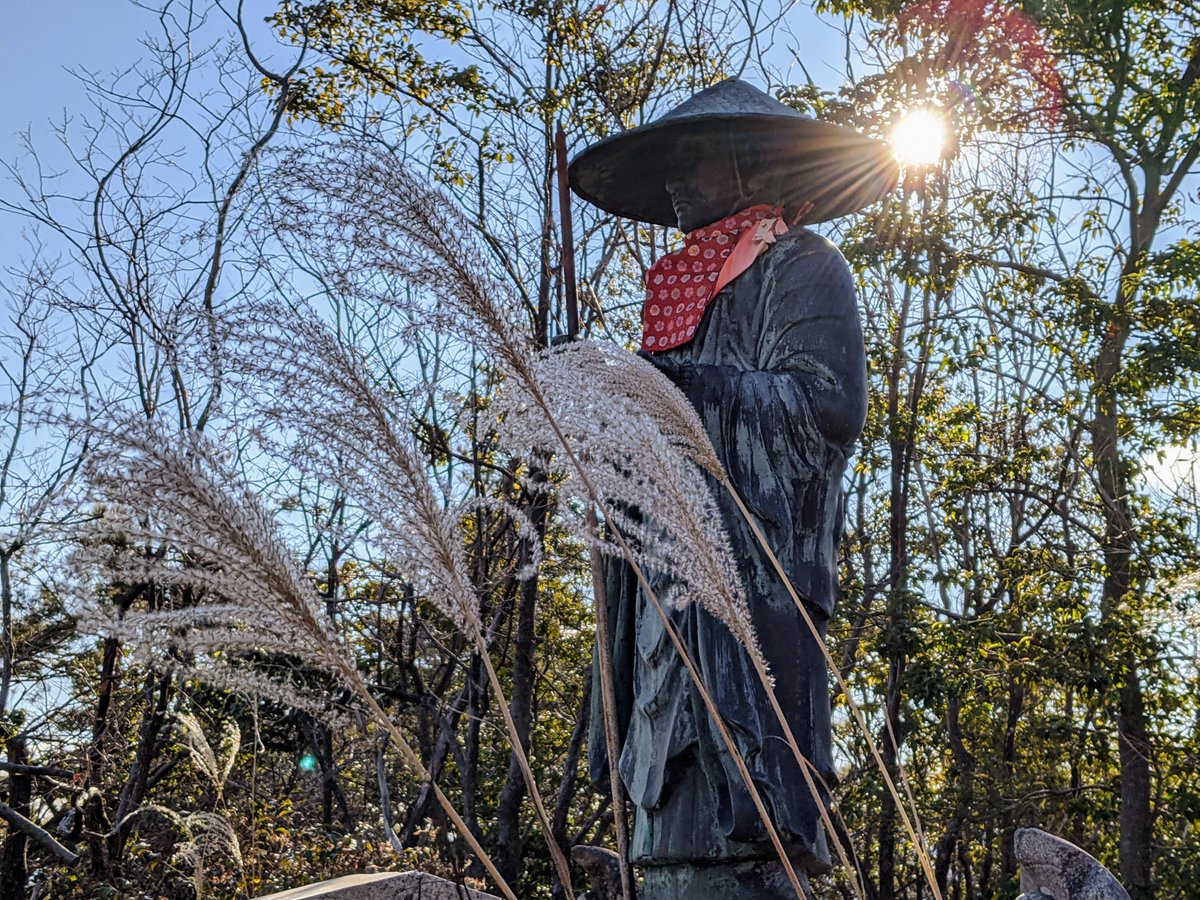


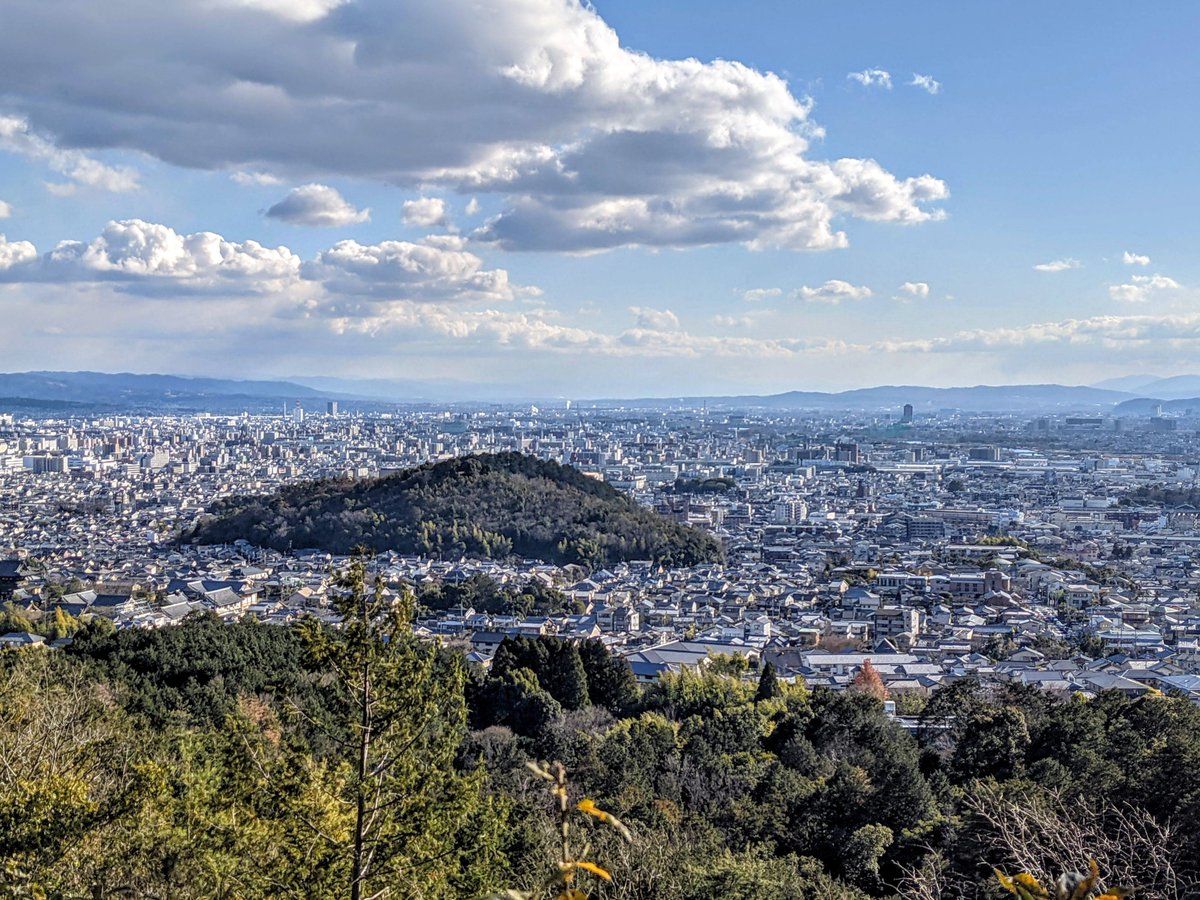
Abbot Sainin of Ninna-ji (済仁/仁和寺) created the 'Omuro 88 Temple Pilgrimage' (御室八十八ヶ所霊場) for those who could not manage the real Shikoku Pilgrimage (四国遍路).
Begun in 1829, it was completed 3 years later.
#Ninnaji #OmuroPilgrimage #Kyoto #仁和寺 #御室八十八ヶ所霊場



Begun in 1829, it was completed 3 years later.
#Ninnaji #OmuroPilgrimage #Kyoto #仁和寺 #御室八十八ヶ所霊場




Sainin charged the temple custodian (and court physician) Hisatomi Tootōmi-no-kami Fumitsura (久富遠江守文連 1761-1846) with undertaking the Shikoku Pilgrimage in order to collect sand (四国霊場の土) from each of the 88 temples.
This sand was placed in 88 small halls on Mt Jyōju.



This sand was placed in 88 small halls on Mt Jyōju.




For a long time there weren't sufficient funds to undo the damage caused by typhoons over the years, but recently Ninna-ji is working extra hard to revitalize the route.
I'm quite fond of the ramshackle nature of the pilgrimage.
#Ninnaji #仁和寺 #Kyoto #京都 #Japan
I'm quite fond of the ramshackle nature of the pilgrimage.
#Ninnaji #仁和寺 #Kyoto #京都 #Japan
It may seem odd to construct a miniature Shikoku Henro (四国遍路) behind Ninna-ji (仁和寺), but the temple has a long connection with the pilgrimage.
From Edo times it became popular to pray for safety at Ninna-ji before undergoing the actual pilgrimage.
#Japan #京都 #Omuro



From Edo times it became popular to pray for safety at Ninna-ji before undergoing the actual pilgrimage.
#Japan #京都 #Omuro




Together Ninna-ji (仁和寺), Tō-ji (東寺) & Jinkō-in (神光院) make up the 'San-Kōbō Meguri' (三弘法巡り), a pilgrimage to 3 statues of Kōbō Daishi (弘法大師), also known as 'Yakuyoke Daishi' (厄除大師 'Calamity Dispelling Master').
People pray for good luck, health and protection.



People pray for good luck, health and protection.



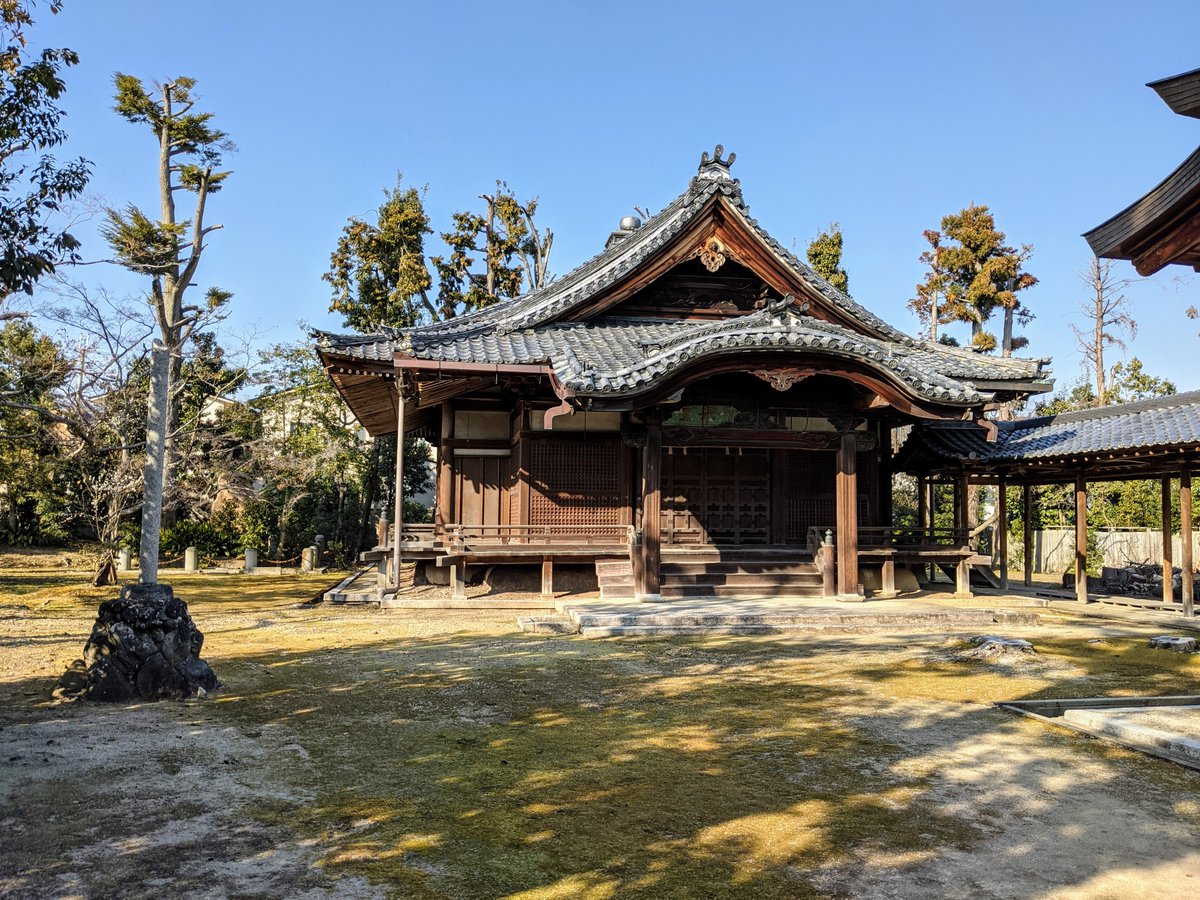
'San-Kōbō Meguri' is held on the 21st of each month (in remembrance of Kūkai's 空海 death in 835), with pilgrims journeying to the 3 temples.
A special pilgrimage called 'San-Kōbō Mōde' (三弘法詣) is held on January 3rd in order to pray for health and safety in the upcoming year.



A special pilgrimage called 'San-Kōbō Mōde' (三弘法詣) is held on January 3rd in order to pray for health and safety in the upcoming year.




The original 'San-Kōbō Meguri' pilgrimage began in Edo times. Abolished in the anti-Buddhist climate of 1868, it was resurrected in 2012.
Pilgrims would pray at the 3 temples before undertaking the Shikoku Pilgrimage (四国遍路).
#御室八十八ヶ所霊場 #shikokupilgrimage #Ninnaji



Pilgrims would pray at the 3 temples before undertaking the Shikoku Pilgrimage (四国遍路).
#御室八十八ヶ所霊場 #shikokupilgrimage #Ninnaji




• • •
Missing some Tweet in this thread? You can try to
force a refresh



